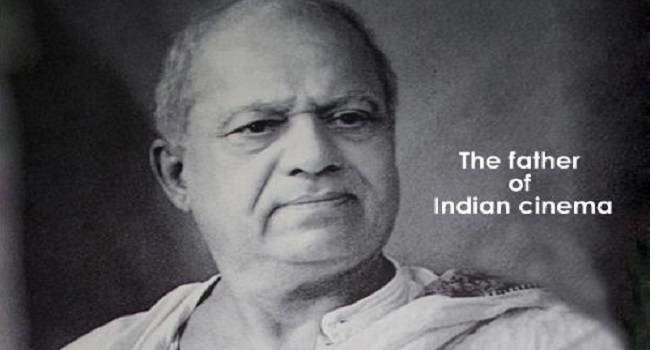On May 3, 1913, Indian cinema came into existence with the screening of Raja Harishchandra, the country's first feature-length film. Directed and produced by Dadasaheb Phalke, this silent film not only created a new art form in India but also set the stage for what would grow up to be one of the world's largest and most significant film industries.
Key Points
The Premiere and Its Significance
Raja Harishchandra had its premiere at the Coronation Cinematograph and Variety Hall in Bombay (now Mumbai) on May 3, 1913, to a packed audience.
The release of the film is universally considered to be the official birth of Indian cinema, leading to the industry now referred to as Bollywood.
The Visionary Behind the Film
Dadasaheb Phalke, commonly referred to as the "Father of Indian Cinema," was motivated to create films upon viewing The Life of Christ in 1911.
He did virtually everything involved in the production, from writing the script and direction to editing and even makeup.
Story and Cast
The film is about the mythical King Harishchandra, renowned for his unflinching dedication to truth and dharma.
Because of societal norms, all characters-including females-were acted by men. Dattatraya Damodar Dabke played Harishchandra, and Anna Salunke acted as Queen Taramati.
The film was a silent, black-and-white feature lasting around 40 minutes.
Challenges and Innovations
Phalke was met with doubt, financial challenges, and technical issues, but was able to finish the film within more than six months.
He incorporated innovative filmmaking methods, such as double exposure and special effects, and illustrated film's capability to function as a story-telling platform.
Impact on Culture and Industry
Commercial success of the movie demonstrated Indian-produced films' viability and prompted one generation of directors, actors, and technicians.
Indian mythology and folklore were made popular through Raja Harishchandra by cinema's utilization as an instrument for the preservation of culture and telling Indian stories of a national narrative.
The success of the film made cinema a dignified profession and a strong vehicle for Indian talent and virtues.
Legacy and Recognition
Now, Raja Harishchandra is regarded as a national treasure and Dadasaheb Phalke's legacy is recognized every year through the highly acclaimed Dadasaheb Phalke Award.
Prime Minister Narendra Modi, while addressing the inaugural WAVES 2025 conference, marked the film's continued impact and the international reach of Indian storytelling from Raja Harishchandra to the modern-day blockbusters.
Anecdotes at the Premiere
The premiere itself was marred by technical issues, such as a projector malfunction, which Phalke sorted out by keeping the audience enthralled with spontaneous stories.
There was drama of a social and familial kind backstage, where Phalke's wife had to miss the event because their daughter fell ill.
In spite of all this, the show concluded in victory, receiving a standing ovation and paving the way for a new era of Indian culture.
Sources: Moneycontrol, Wikipedia, Firstpost, Times of India, Stay Featured, Testbook
